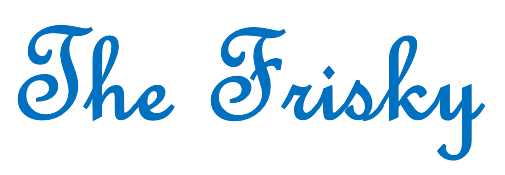What are the four building blocks of business

Engagement as a Customer Activity
The Social Web creates an expectation from the customer’s perspective whether a prior, current, or potential (future) customer of a two-way relationship with brands, products, and services that was nearly unthinkable just a generation of business ago. Customers now have a real voice that in advertising lingo resonates with others who share their lot: Just as soon as your awareness campaign has done its job, they’ll use their new collaborative tools to vet your claims and promises. They’ll ask questions of each other and share outcomes, and in the process exert influence on pending or potential decisions of all involved. It’s a kind of group-think, gone wild.
Learn to Think Like a Fish
When you turn your perspective around to the viewpoint of your customers, the mechanics of engagement change. From the perspective of the fish, it is not the lure that is engaging. Rather, it is the act of eating, driven by a more fundamental interest like the instinct of survival that results in the fish being engaged. The lure looks like a meal, and fish think a lot about eating. Simply put, successfully catching a fish E ngagement as a C ustomer Activity is not driven by the need to catch a fish: It’s driven by appealing to the needs and interests of the fish
Engagement Points
What are some of the typical engagement points built around associated activities that run beyond the immediate purposes of marketing used by businesses on the Social Web now? Table 8.1 provides examples of social technology and its application in innovation, support, marketing, and demand generation. The engagement activities are tied to business objectives and in turn drive the selection of the engagement platform that is ultimately used.
It’s Still Your Business
How often do you hear someone say, When it comes to the Social Web, if your customers tell you to jump, your only response should be along the lines of ‘how high? Or perhaps you’ve been told, “You need to be 100 percent transparent.
While these make great rallying points—and from 30,000 feet they are correct they aren’t all that useful when it comes to the task of actually applying social technology to your business or organization. Sometimes customers get it wrong, and “100 percent transparency” could be taken to mean being so transparent that your competitors know (as a result) what you are planning
Customers to the Rescue
But wait…it actually gets even better. Other customers are also involved, so if the idea is crazy on its face, very often the other participants involved will handle the situation themselves. In the cases of Dell, Starbucks, or India’s Hindustan Times all of whom use public ideation platforms for assistance and fresh insight supporting their innovation programs, or Coke’s Department of Fannovation program, participants vote up and down on various ideas.
Product and marketing managers can ngagement on the Social then focus on the ideas that have a lot of support and needn’t worry about those which don’t. Simply put, you don’t have to be the person that says “no” to every wacky idea: Other customers will say it for you.





